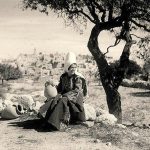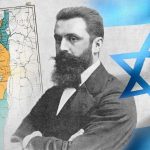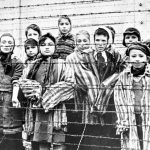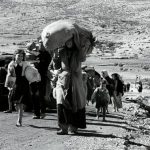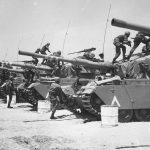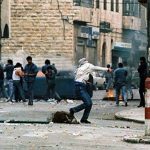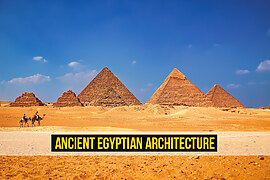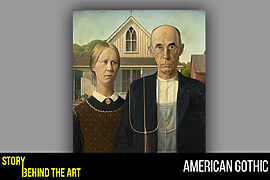Every chapter in history has two sides of the same story.
The decades-long conflict between Israel and Palestine is no different.
The recent escalations and involvement of governments all around is primarily due to an attack conducted by a Palestinian militant group called Hamas on Israel on October 7th. The militant group launched several missiles on Israel killing over 1400 civilians and taking 241 hostages. The Israeli government retaliated by conducting several airstrikes on the Gaza strip which is primarily controlled and governed by Hamas, which has led to over 10000 casualties and the displacement of over 1.5 million civilians. Israeli defense forces have vowed to completely eradicate Hamas even at the cost of thousands of innocent lives.
But this is not the first time that violence has erupted in this region. This conflict goes back decades. To understand what warrants this kind of violence, why it is so complicated to come to any sort of understanding and why this is concerning for governments all around the world; one has to go back to the start and delve into the history of the entire Arab world.
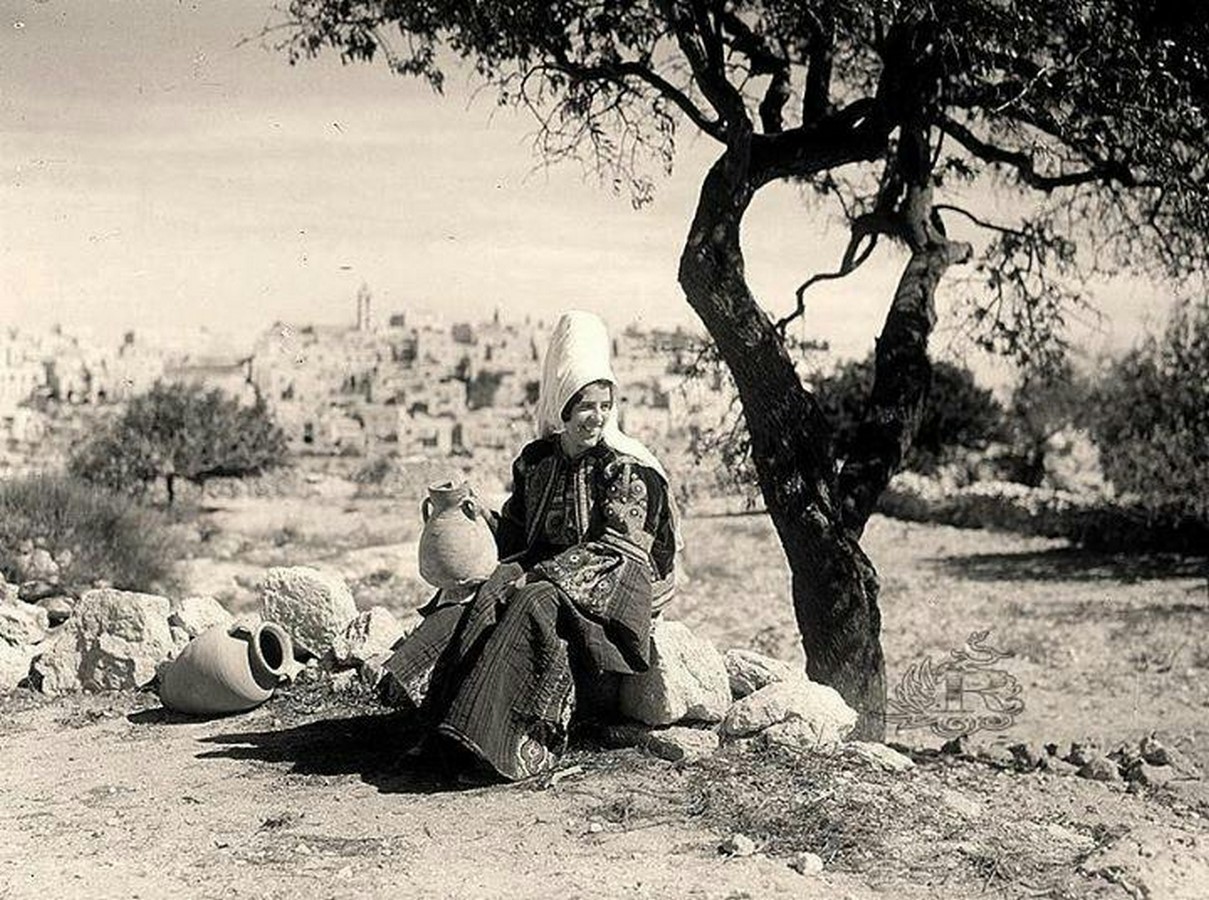
The eastern mediterranean region that we now call Israel-Palestine has been considered one of the most sacred regions in the world by Jews, Christians and Muslims, because of the city of Jerusalem, the birthplace of Jesus Christ. In the early 1900s, Palestine, which was a part of the Ottoman Empire, was culturally and religiously diverse with Muslims, Christians and a small number of Jews living mostly in peace. During this time two significant movements taking place in two separate parts of the world, changed the course of history for this region. Palestinians were starting to develop a sense of national identity apart from just being ethnic Arabs. Simultaneously, a movement called Zionism was gaining momentum all over Europe, which claimed that Judaism is more than a religion, it is a nationality and deserves a nation of its own, the Promised Land of Palestine.
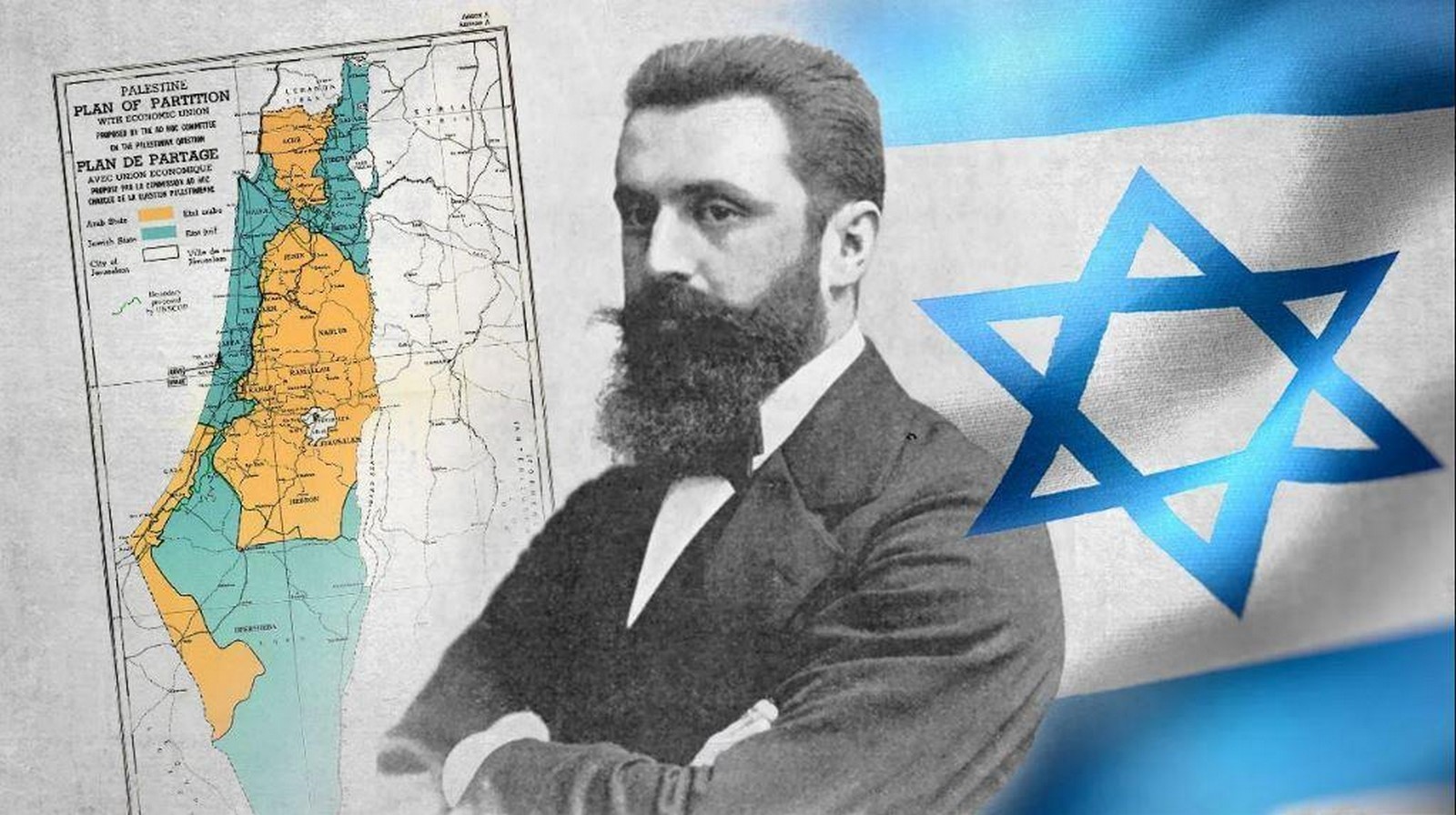
After centuries of facing persecution and historic attempts at eradicating entire communities of Jewish people, Zionism gained a lot of followers and sympathizers. As a result, tens of thousands of Jewish people started moving to Palestine.
At the end of World War 1, the Ottoman empire collapsed and the British took control of what they called the British mandate for Palestine. The British initially permitted Jewish immigration, but tensions surged between Palestinian Arabs and the increasing Jewish settlers, inciting violence. Consequently, the British restricted Jewish immigration to alleviate the escalating conflicts.
And then came the Holocaust.
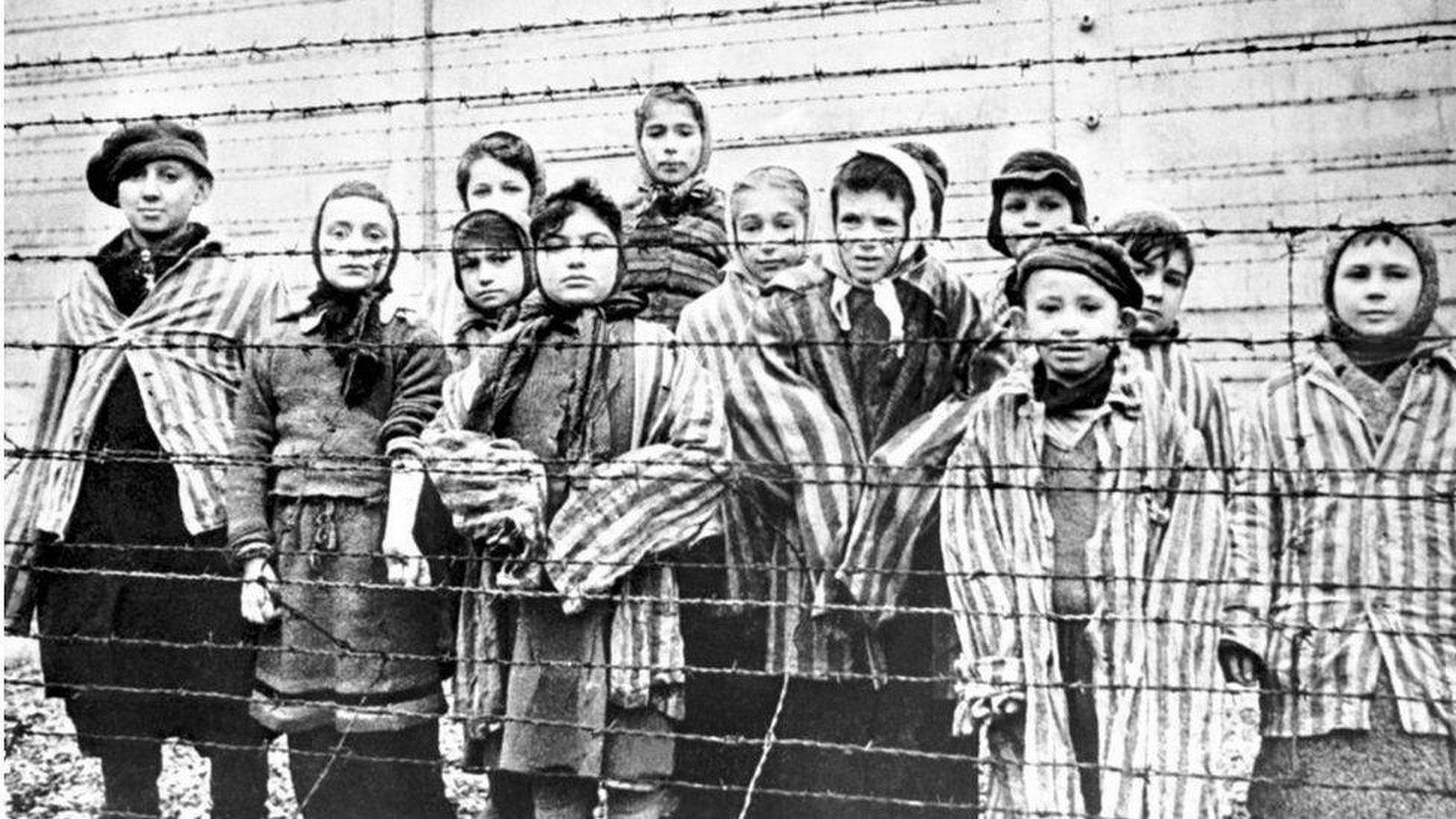
This led to another huge wave of Jews immigrating to Palestine. After World war 2, Zionism also gained massive traction all around the world,with most governments supporting the cause and calling for a Jewish Nation. In the meantime, violence was on the rise between the Jews and Arabs with militant groups forming on both sides to overthrow the British Empire and gain control over the territory.
In 1947, the British withdrawal from Palestine led to a UN-approved plan, dividing the region into Israel for Jews and Palestine for Arabs, aiming for Jewish appeasement and Palestinian independence. Jews declared Israel’s independence, but Arabs viewed it as European imperialism. Surrounding Arab nations waged war, which Israel won, surpassing UN-designated borders.
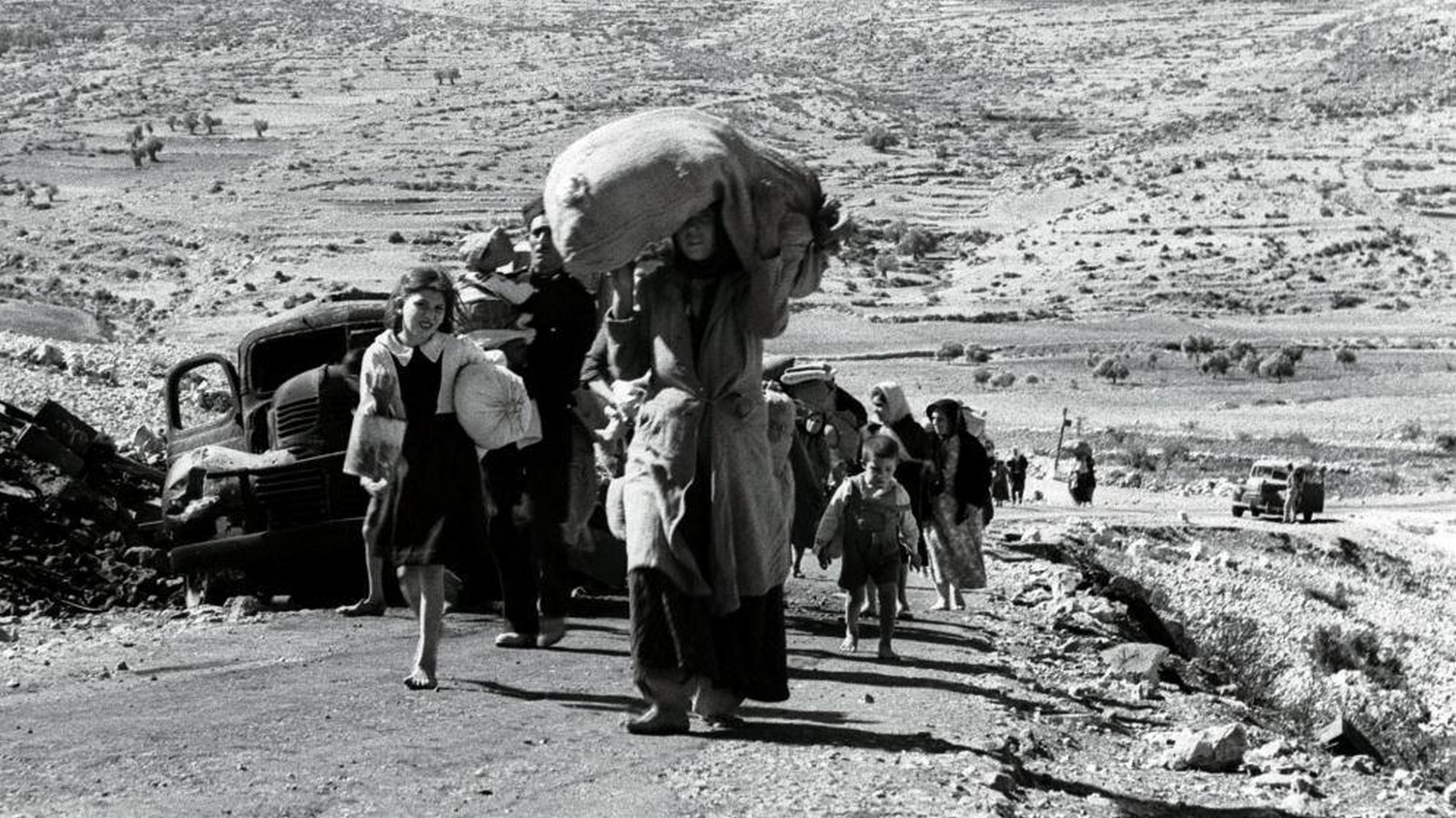
Israel’s territorial expansion after the 1948 Arab-Israeli war, known as the Nakba, displaced millions of Arab Palestinians, creating a vast refugee population. Entire villages and cities were destroyed to make way for Israel’s growing population. By the end of the war, Israel controlled most land, with Gaza under Egypt’s control and the West Bank under Jordan. The 1967 war with Jordan, Syria, and Egypt further expanded Israel’s control, including Gaza and the West Bank, the last territories of Palestine. This historical context forms the basis for the enduring Israel-Palestine conflict.
Growing tensions led to more Jewish expulsions from Arab countries. In the 1967 Six-Day War, Israel triumphed, gaining control of all territories, including Jerusalem. Over time, Arab nations made peace with Israel, shifting the conflict to Israel-Palestine. Israel assumed governance of the population it had long fought, marking a pivotal transition in the complex and enduring struggle.
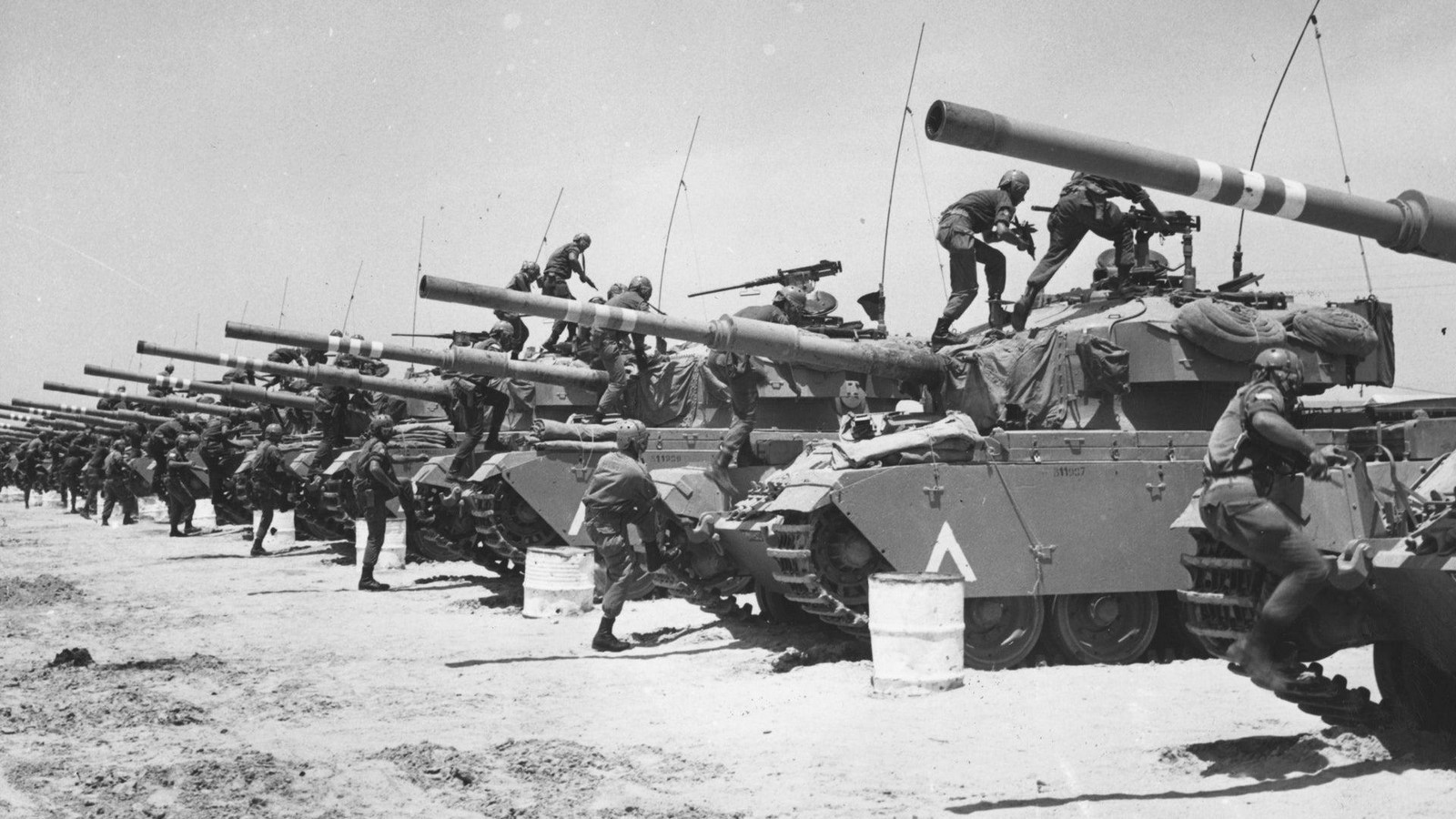
In the 1960s, the Palestinian Liberation Organization (PLO) sought control over Palestine and Israel’s eradication, leading to prolonged conflict. Meanwhile, Israel’s occupation witnessed an increase in settlements and Israeli influx into the West Bank and Gaza. The government subsidized housing, further encouraging Israelis to move into occupied territories, displacing Palestinians. This intensified complexity, hindering Palestinian aspirations for an independent nation. The interplay of political and territorial dynamics deepened the challenges in reaching a resolution and perpetuated the complex Israel-Palestine conflict.
The culmination of this led to the first Uprising or Intifada in 1987, as Palestinians protested against Israel. Amidst PLO criticisms, extremist group Hamas emerged, aiming to destroy Israel. In 1993, the Oslo Accords, seen as a path to Palestinian independence, were signed by PLO’s Yasser Arafat and Israeli PM Yitzhak Rabin. The accords established the Palestinian National Authority, granting partial governance in the West Bank and Gaza. However, they faced widespread criticism and disregarded by Palestinians and Israeli hardliners. Hamas’ bombings and ongoing violence led to the Second Intifada in 2000, resulting in about 1,000 Israeli and 3,200 Palestinian casualties, deepening the conflict.
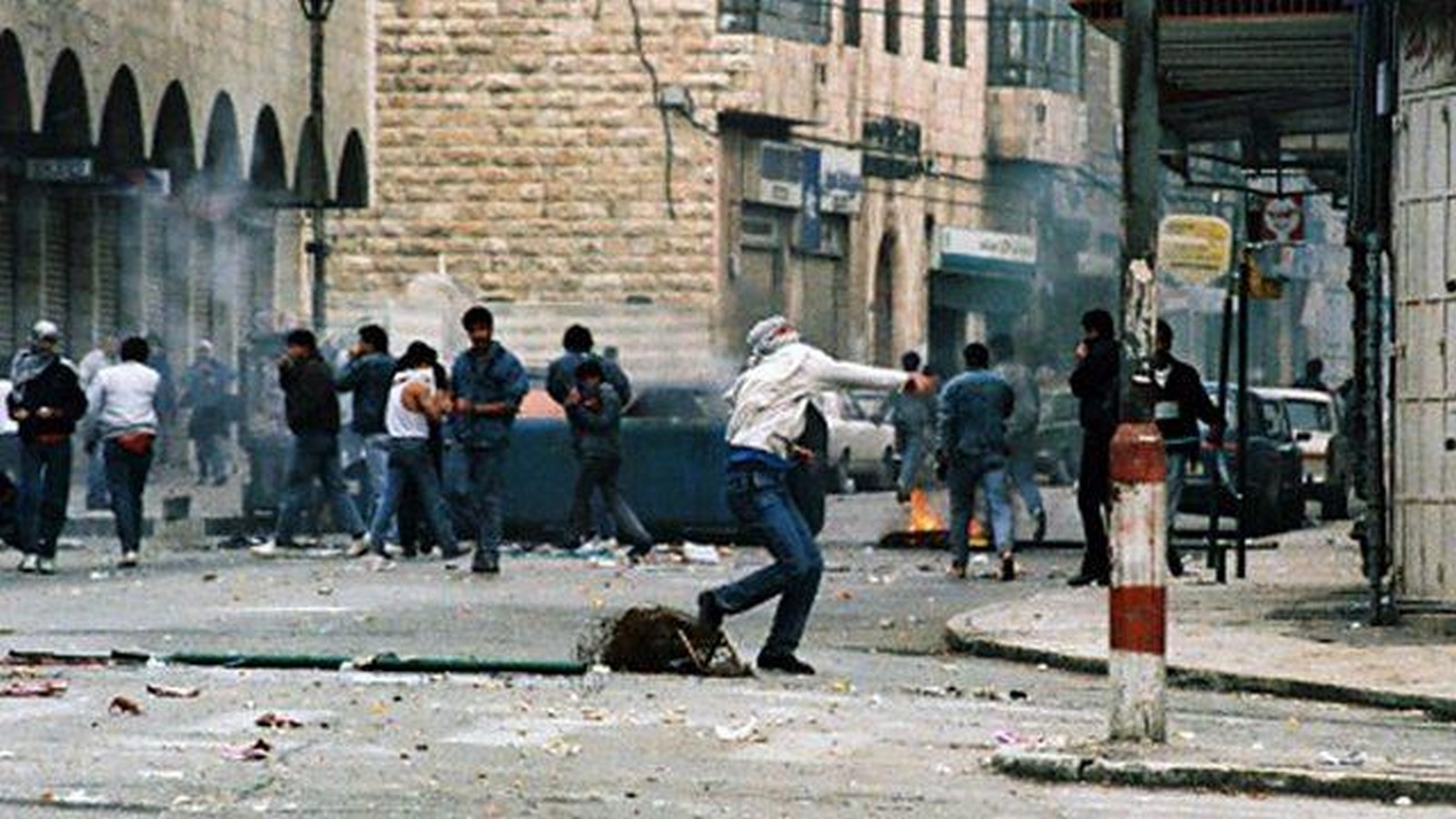
By now Israelis grew even more skeptical of Palestinians ever accepting peaceful terms and started building walls and restricting the movement of Palestinians. Israeli settlers continue to live and move into settlements spread throughout the West Bank and Gaza while restricting movement of Palestinians.
The influence of Hamas started growing more and more as Palestinians grew more desperate with neither violence or peace accords working in their favor. Their hopes of ever attaining independence hanging by a thread. As more and more Palestinians got displaced they moved to the tiny Gaza strip which has a population of over 2 million people making it one of the most densely populated areas in the world. The Israeli government to this day has total control over supply of electricity, food, water and medical supplies. The Israeli military has also completely barricaded the boundaries of Gaza cutting all its ties from the rest of the world while having absolute control over their movement.

At this point the death toll due to the Israel-Palestine conflict is over 18000 Palestinians and 1500 Israelis. The lives of Palestinians have been filled with periodic wars between Hamas and Israeli Defense Forces which have led to the consistent loss of lives which has been overwhelmingly Palestinian. The politics of the Holy Land or the Promised Land is destroying generations of lives on a daily basis and creating one of the biggest refugee crises in the world.
References
https://www.youtube.com/watch?v=9scGFj7zp5w
https://www.youtube.com/watch?v=iRYZjOuUnlU
https://abcnews.go.com/International/timeline-surprise-rocket-attack-hamas-israel/story?id=103816006#:~:text=Oct.%207%2C%206%3A30%20a.m.%20in%20Israel&text=An%20estimated%202%2C200%20rockets%20were,to%20the%20Israel%20Defense%20Forces.
https://abcnews.go.com/International/live-updates/israel-gaza-hamas/?id=104617602








